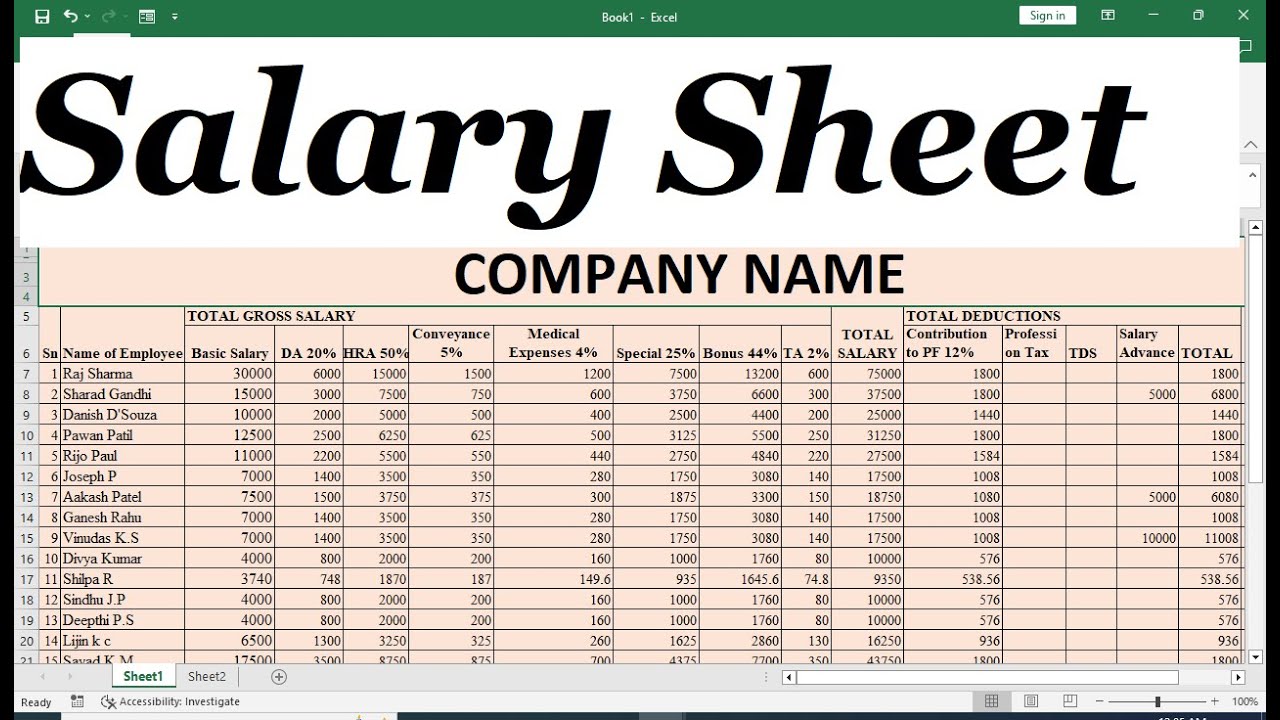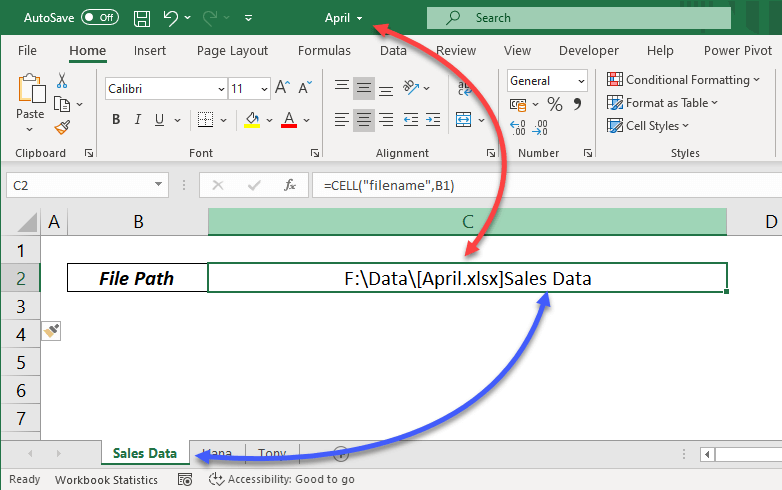Master Pulling Data from Excel Sheets Easily

Why Pulling Data from Excel is Crucial for Many Professionals
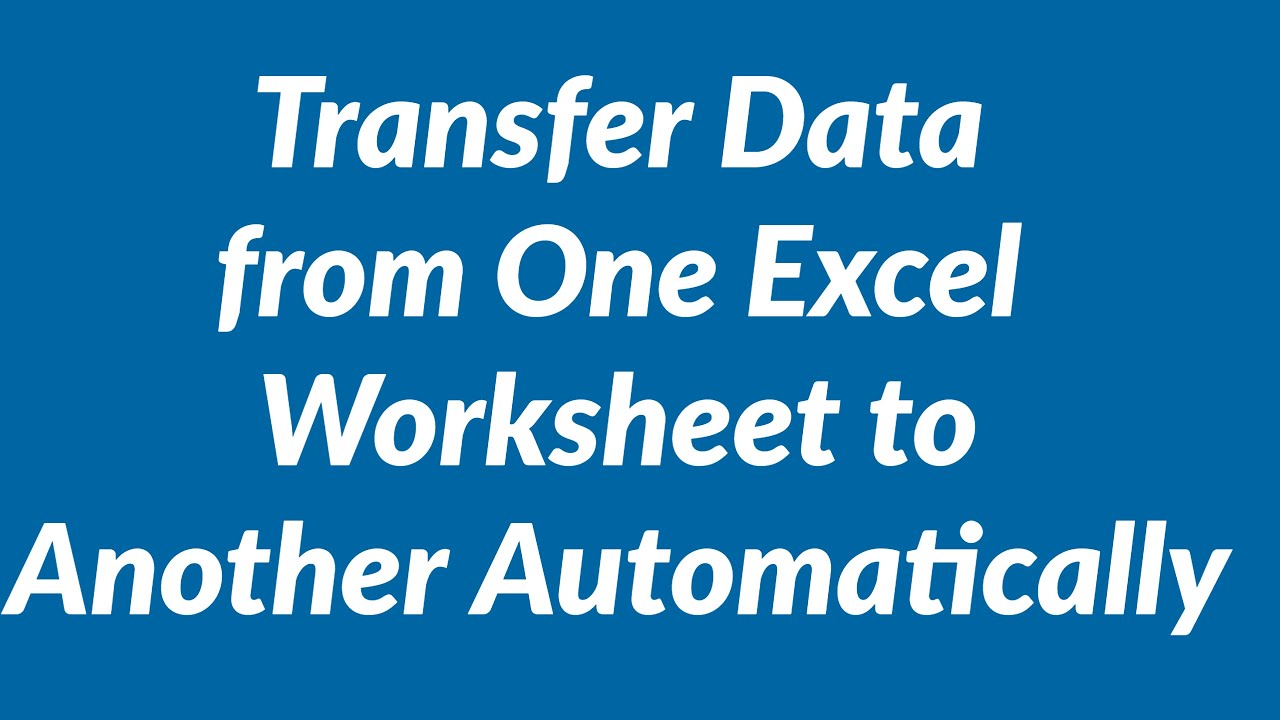
In today's data-driven world, extracting data from Excel spreadsheets is an essential skill for a wide variety of professionals. From financial analysts to marketing managers, the ability to efficiently retrieve and analyze data can significantly enhance productivity and decision-making processes. Excel, being one of the most widely used tools for data management and analysis, offers a plethora of functionalities, yet many users struggle with extracting data due to its complex interface or simply the volume of information it can hold. This post will guide you through the most effective methods to pull data from Excel sheets, ensuring you can streamline your data analysis workflow seamlessly.
Understanding Excel's Structure
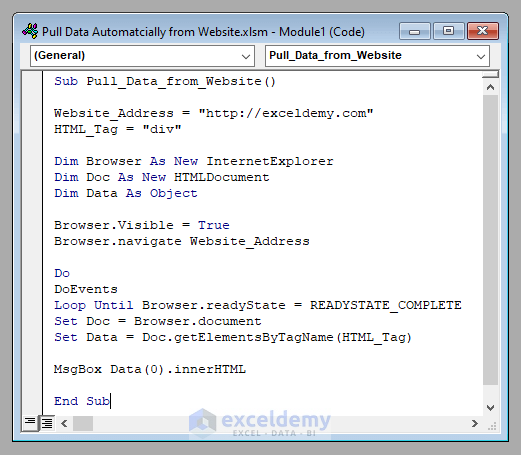
Before diving into data extraction, it's crucial to understand Excel's structure:
- Workbooks: These are Excel files that can contain multiple sheets.
- Worksheets: Individual sheets within a workbook, where data is organized in rows and columns.
- Cells: The intersection of rows and columns where data resides.
💡 Note: Grasping Excel's structure helps in navigating and retrieving data accurately.
Methods for Pulling Data from Excel

There are several methods to pull data from Excel sheets, each suited to different needs:
Using Excel Functions

- VLOOKUP and HLOOKUP: These functions are invaluable when you need to find data in a table based on a lookup value. For example, use VLOOKUP to find an employee's salary based on their ID.
- INDEX and MATCH: More flexible than VLOOKUP, INDEX and MATCH can retrieve data from any position in a table, not just columns.
- QUERY Function: If you have Google Sheets access, this SQL-like function can be used to query and pull data from Excel-like documents.
💡 Note: These functions are available within Excel itself but can also be employed in other data analysis tools like Google Sheets or SQL.
Exporting to Other Formats

If you need to use the data in a different software, consider exporting:
- CSV (Comma-Separated Values): Exporting data as a CSV file allows for easy import into databases or other software.
- XML or JSON: For web developers or data scientists, exporting data into XML or JSON formats is beneficial for integrating with web services.
| Format | Advantages | Disadvantages |
|---|---|---|
| CSV | Universal compatibility, simple structure | Limited to basic data types, no formatting |
| XML/JSON | Flexible data structure, can include meta-data | Requires parsing for use in most software |

Using Programming Languages
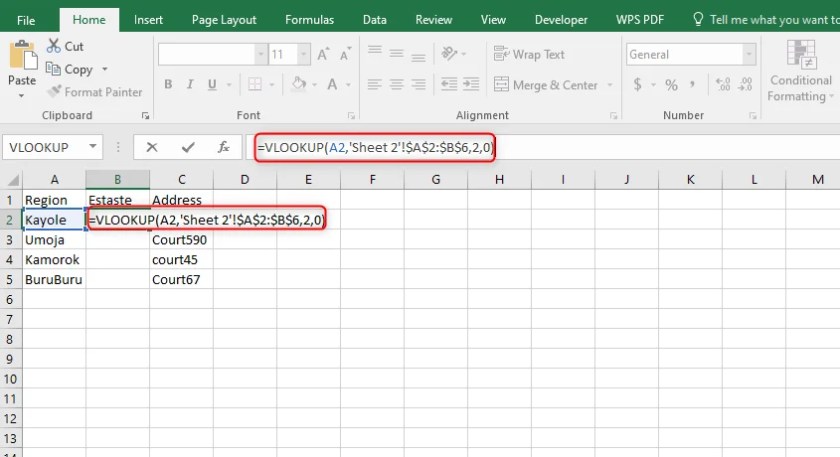
- Python with Libraries: Python, particularly with libraries like openpyxl or pandas, can read and manipulate Excel files effectively.
openpyxlfor direct interaction with Excel files.pandasfor DataFrame operations and data analysis.
- VBA Macros: If you're familiar with VBA (Visual Basic for Applications), creating macros can automate complex data extraction tasks within Excel itself.
💡 Note: Programming languages provide the most customization and automation potential for data extraction tasks.
Best Practices for Data Extraction

To ensure accuracy and efficiency while pulling data from Excel:
- Understand Your Data: Know what you need before you start extracting. Plan your approach based on the data structure.
- Use Named Ranges: Name ranges of cells to make your data references more readable and maintainable.
- Keep Your Data Clean: Ensure your data is formatted consistently, reducing the likelihood of errors during extraction.
- Automate Where Possible: Automating repetitive tasks can save time and reduce manual errors.
Wrapping Up

Extracting data from Excel isn't just about pulling information out of cells; it's about transforming raw data into actionable insights. Whether you choose to use built-in Excel functions, export to different formats, or leverage programming languages, each method has its place in enhancing your productivity. By mastering these techniques, you're not only improving your workflow but also setting yourself up to handle larger datasets and more complex analysis tasks with ease. Remember, the key is not just to extract data but to do so efficiently, accurately, and in a way that aligns with your broader data analysis goals.
What is the difference between VLOOKUP and HLOOKUP?

+
VLOOKUP looks for a value vertically in the first column of a table and returns a value from the same row in a specified column to the right. HLOOKUP works similarly but searches for a value horizontally in the first row and returns a value from the same column in a specified row below.
Why would I choose Python over Excel functions for data extraction?

+
Python provides more advanced data manipulation capabilities, can automate complex tasks, integrates with other systems and tools, and is particularly useful when dealing with large datasets or when you need to perform operations not directly supported by Excel functions.
Can I automate data extraction from Excel?

+
Absolutely. You can automate data extraction using VBA Macros within Excel or by writing scripts in languages like Python to perform data extraction tasks regularly or on-demand.
